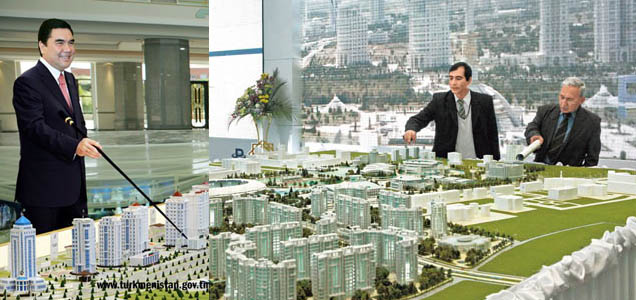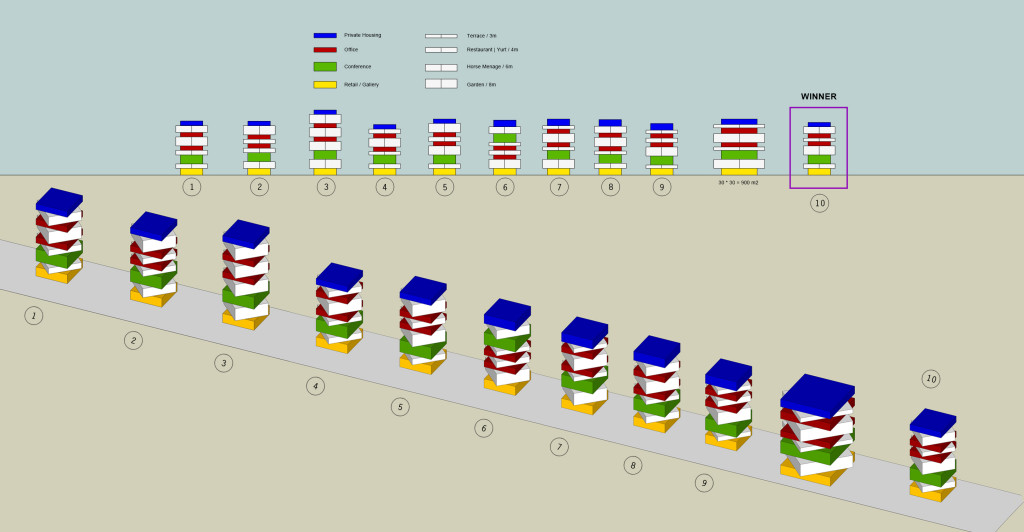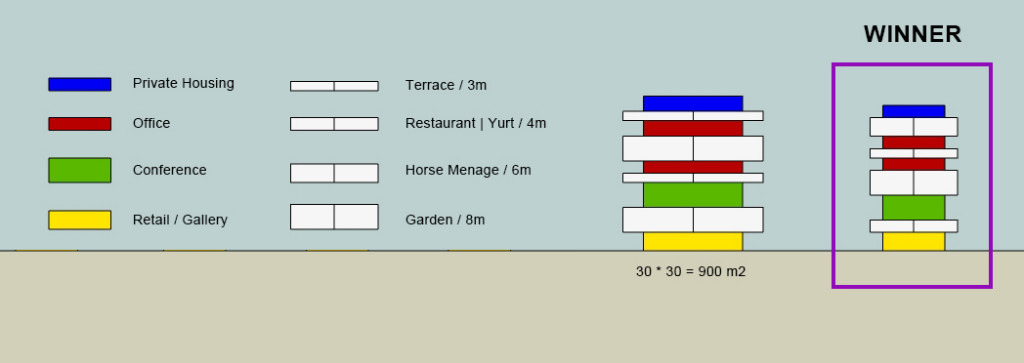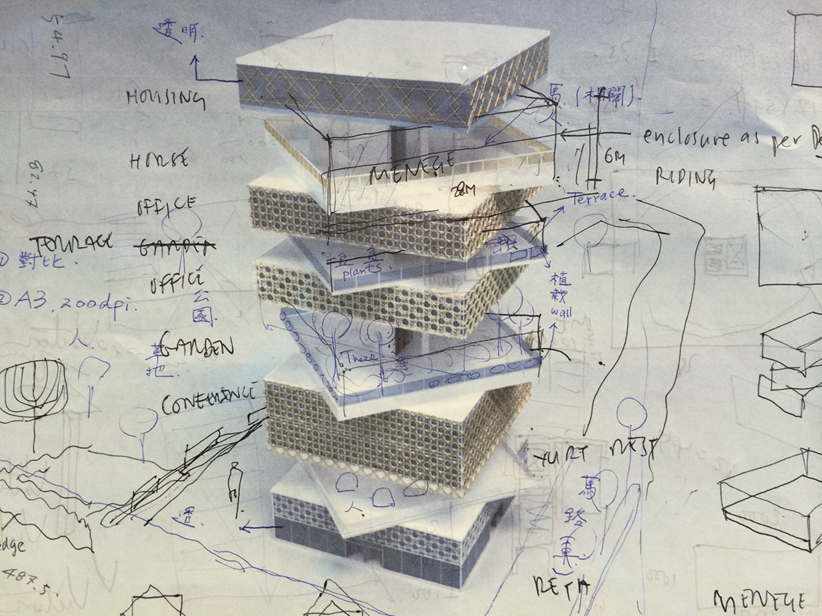215ash_ Turkmenistan establishes Ministry of Construction and Architecture
Following the WHAT_architecture visit to Ashgabat with the Foreign and Commonwealth Office, the Esteemed President Gurbanguly Berdimukhammedov has decreed to establish a Ministry of Architecture and Construction…
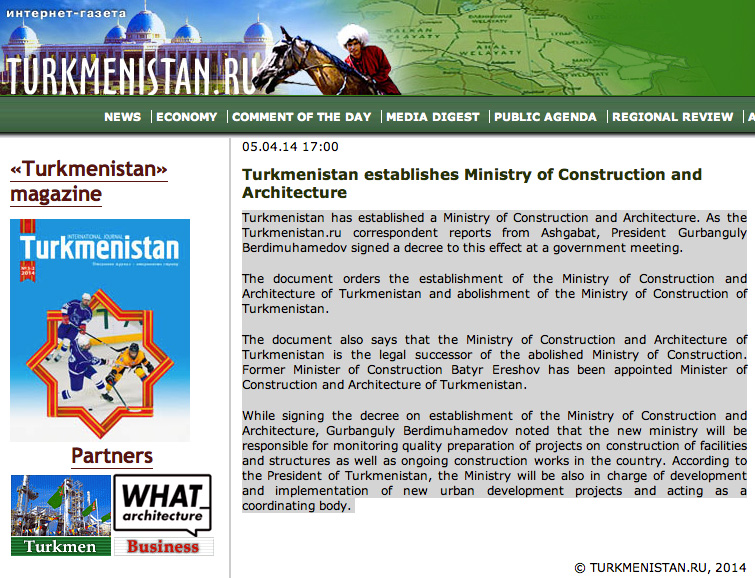


215ash_OGUZ SCHOOL OF WHAT_ARCHITECTURE
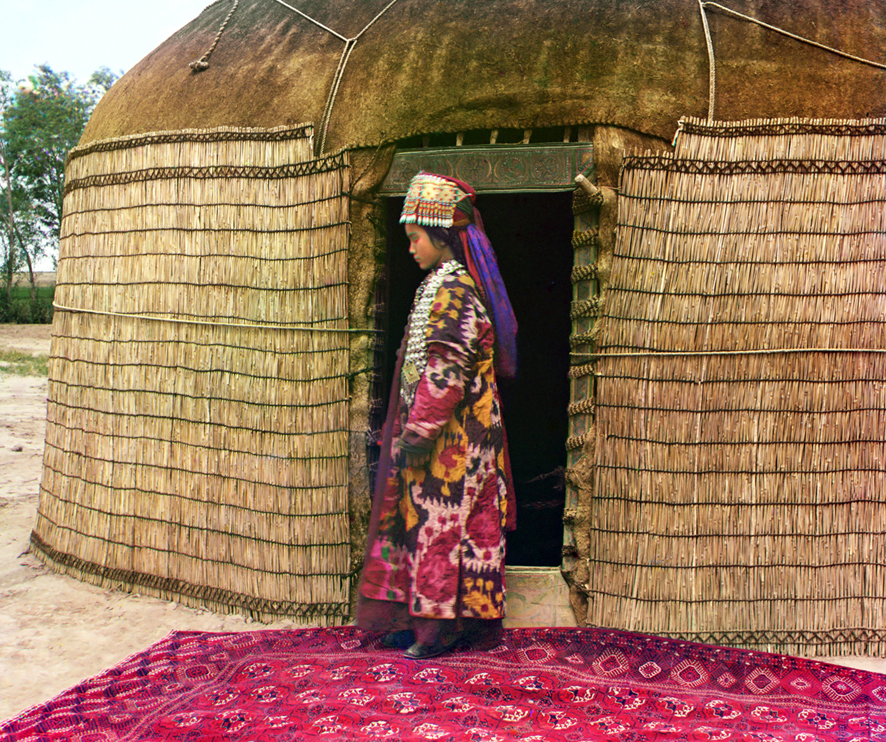
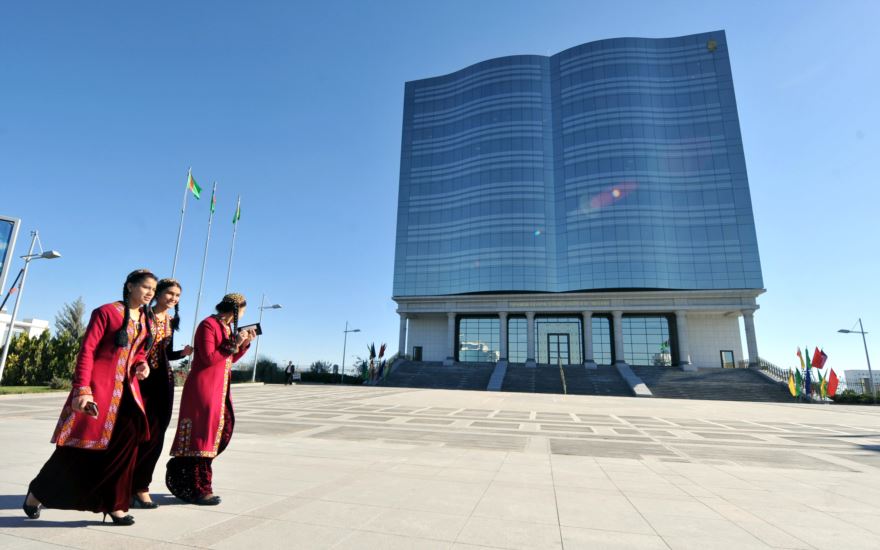
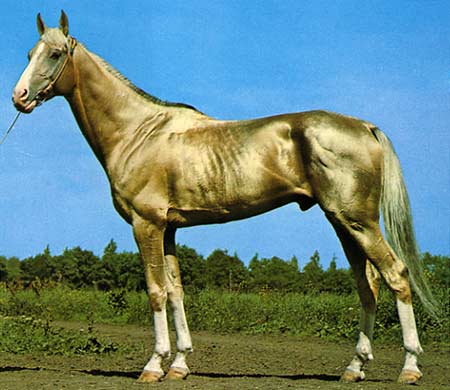
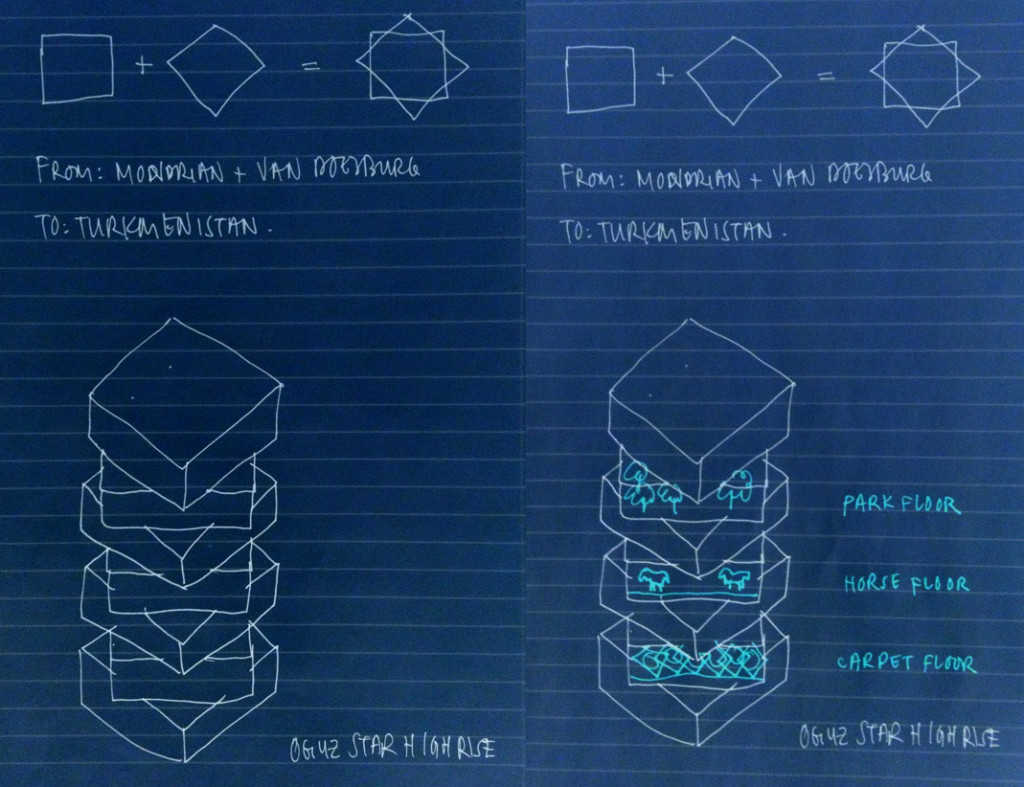 This proposal is based upon upon the UK Trade Sector scoping mission to Ashgabat in March 2014. The mission was supported by the Turkmenistan Government, Turkmenistan-United Kingdom Trade & Industry Council (TUKTIC) and the Foreign and Commonwealth Office. The mission involved a series of high level meetings involving the Turkmen Cabinet and including Deputy Prime Minister Toylyyev (Education), the Minister for Education (Ms Gulshat Mammedova) and the Minister for Construction (Mr Batyr Ereshov). Anthony Hoete, representing WHAT_architecture (which holds a Guiness World Record for an educational building), understands the Esteemed President’s requirement to modernise the existing education system. With the advent of new technologies and the rapid development of the Turkmen economic sectors, there is a need to upskill the country’s workforce.
WHAT_architecture to establish the new ‘Oguz’ architecture school within the International University of Turkmenistan. The school asks “What is Turkmen architecture?” and what can it do for the Turkmen people?
With the rise of the informational age, the built environment is becoming increasingly standardised. Buildings are becoming anonymous and cities are tending towards the generic. Yet nation building doesn’t have to lead to cultural assimilation. The new Oguz school would embrace Turkmen identity (the horse, the carpet, the book, the gas…) so as to develop and generate a contemporary Turkmen vernacular. The School would engage internationally renown architects and educators to bring cutting edge pedagogy. Rigorous teaching methodologies would drill into and mine all aspects of Turkmen society. In doing so specific local design influences would be extruded and applied to tourism, recreational, educational, agricultural and infrastructural projects sited in Turkmenistan. Turkmenistan must be applauded by taking it’s culture and politically conserving heritage as exemplified with The Ministry of Horses, The Ministry of Carpets… and manifest in recent buildings such as The National Library (expressed as a book), The Ministry of Gas shaped (expressed as a lighter). Sustainability would be promoted. This would allow buildings not only to be ‘Made In Turkmenistan’ but, more importantly, to be ‘Designed In Turkmenistan’.
Western cultural snobbery might mock the Turkmen approach but what semiotic relevance does the Swiss-Re banking have to a Gherkin? London has it’s own archi-iconography but the form has no relation to it’s function: The Cheesegrater, The Walkie-Talkie, The Shard are all urban objects devoid of meaning other than signposting.
Oguz means ‘tribe’ and so the proposed school would form a tribe of partnerships:
This proposal is based upon upon the UK Trade Sector scoping mission to Ashgabat in March 2014. The mission was supported by the Turkmenistan Government, Turkmenistan-United Kingdom Trade & Industry Council (TUKTIC) and the Foreign and Commonwealth Office. The mission involved a series of high level meetings involving the Turkmen Cabinet and including Deputy Prime Minister Toylyyev (Education), the Minister for Education (Ms Gulshat Mammedova) and the Minister for Construction (Mr Batyr Ereshov). Anthony Hoete, representing WHAT_architecture (which holds a Guiness World Record for an educational building), understands the Esteemed President’s requirement to modernise the existing education system. With the advent of new technologies and the rapid development of the Turkmen economic sectors, there is a need to upskill the country’s workforce.
WHAT_architecture to establish the new ‘Oguz’ architecture school within the International University of Turkmenistan. The school asks “What is Turkmen architecture?” and what can it do for the Turkmen people?
With the rise of the informational age, the built environment is becoming increasingly standardised. Buildings are becoming anonymous and cities are tending towards the generic. Yet nation building doesn’t have to lead to cultural assimilation. The new Oguz school would embrace Turkmen identity (the horse, the carpet, the book, the gas…) so as to develop and generate a contemporary Turkmen vernacular. The School would engage internationally renown architects and educators to bring cutting edge pedagogy. Rigorous teaching methodologies would drill into and mine all aspects of Turkmen society. In doing so specific local design influences would be extruded and applied to tourism, recreational, educational, agricultural and infrastructural projects sited in Turkmenistan. Turkmenistan must be applauded by taking it’s culture and politically conserving heritage as exemplified with The Ministry of Horses, The Ministry of Carpets… and manifest in recent buildings such as The National Library (expressed as a book), The Ministry of Gas shaped (expressed as a lighter). Sustainability would be promoted. This would allow buildings not only to be ‘Made In Turkmenistan’ but, more importantly, to be ‘Designed In Turkmenistan’.
Western cultural snobbery might mock the Turkmen approach but what semiotic relevance does the Swiss-Re banking have to a Gherkin? London has it’s own archi-iconography but the form has no relation to it’s function: The Cheesegrater, The Walkie-Talkie, The Shard are all urban objects devoid of meaning other than signposting.
Oguz means ‘tribe’ and so the proposed school would form a tribe of partnerships:
- Royal Melbourne Institute of Architecture, Australia
- WHAT_architecture, London
- Rönesans Turkmen
- Royal Institute of British Architects
- Prepare graduates for the profession of tomorrow by developing the intellectual creative capital and core competencies to shape the Turkmen built environment
- Embrace the latest in BIM and 3D print technologies
- Offer a platform within the industry to transfer knowledge between school and office
- Publish challenging and thought-provoking Turkmen research for global dissemination
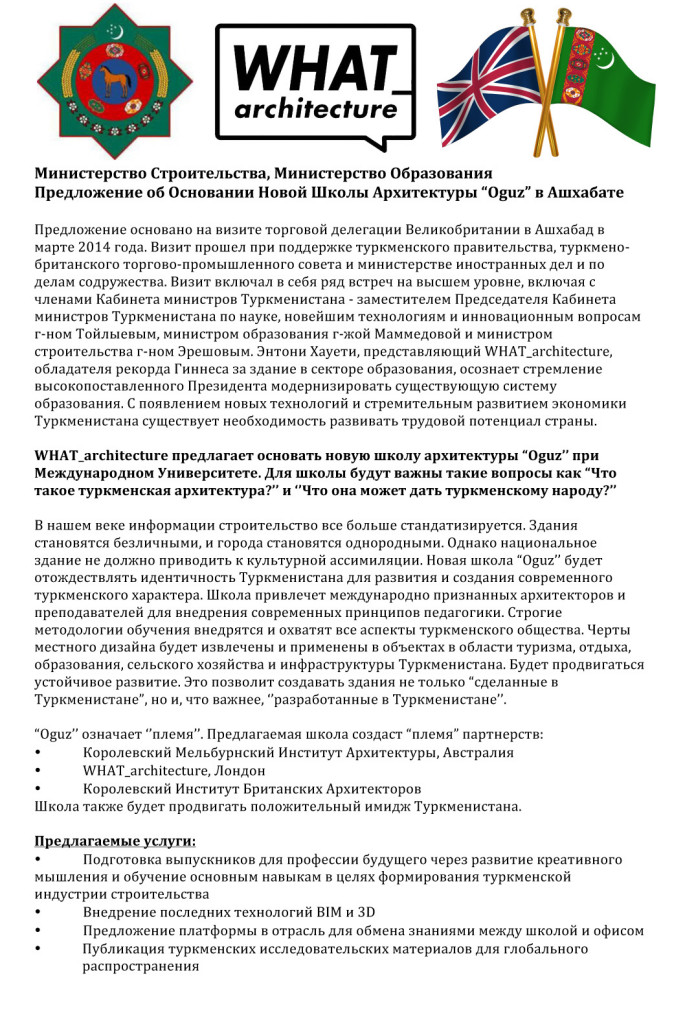

215ash_CITY OF MARBLE
In an impressive architectural re-styling effort led by the government of Turkmenistan, an area measuring 22 sqkm in the capital Ashgabat boasts 543 new buildings clad with 4,513,584 m² of white marble. Or put another way, the surface area of marble to urban surface area is a startling ratio of 1:4.87. 20% of Ashgabat is marble! This transformation has been happening since 1991 when Turkmenistan gained independence from the former Soviet Union and is being funded by natural gas resources. The choice of aesthetic for the Marble Architecture of Revolution was determined by the Turkembashi, Saparmyrat Niyazov, the head of Turkmens. Given that ‘Ask’ in Turkmen means ‘love’ and ‘abat’; means land, Ashgabat, a city of love, today has increasingly a heart of marble. The main avenue, for example, Bitarap Türkmenistan Sayolu, is 12.6 km long and lined with 170 buildings clad with a total of 1,156,818 m² of white marble…
